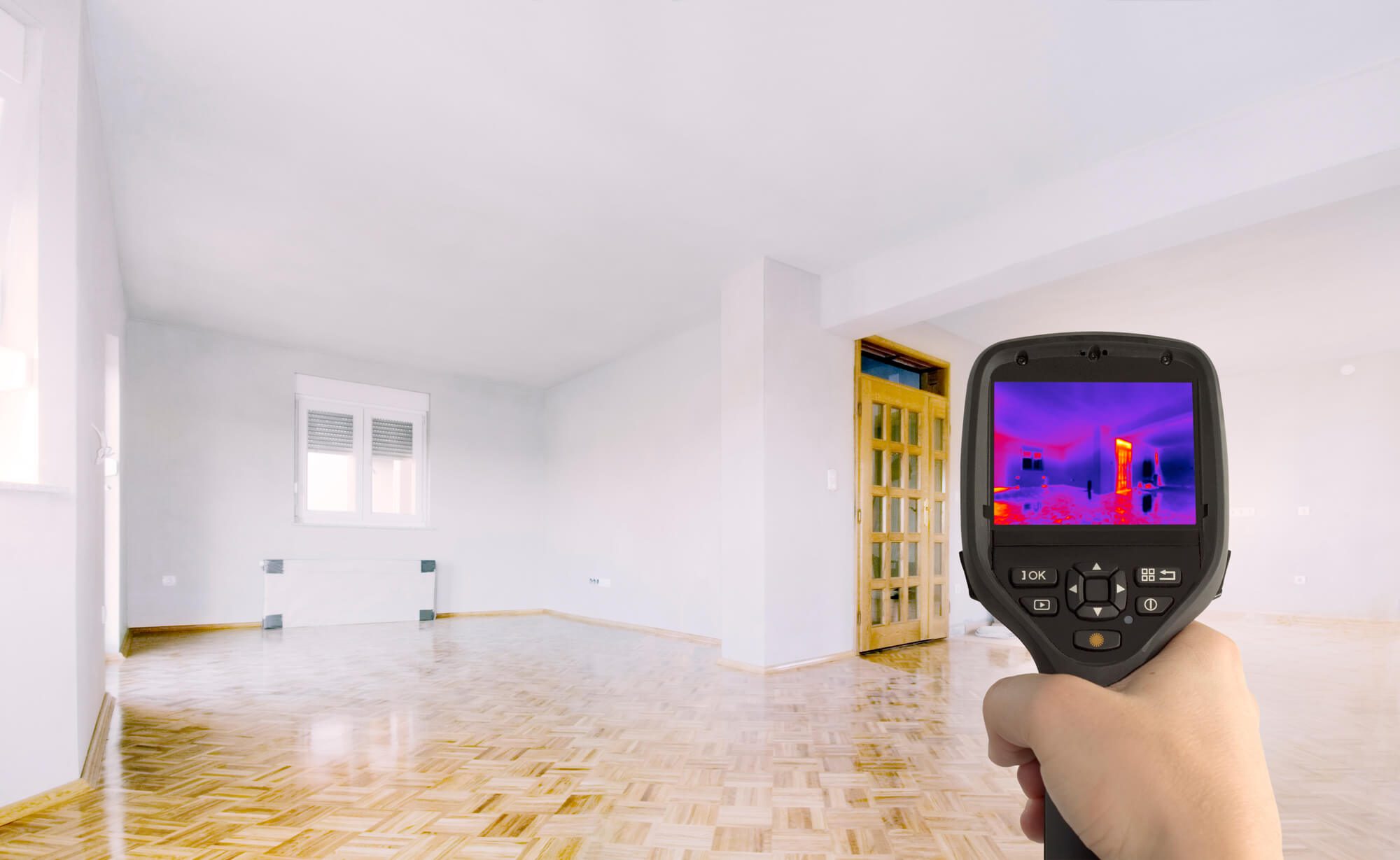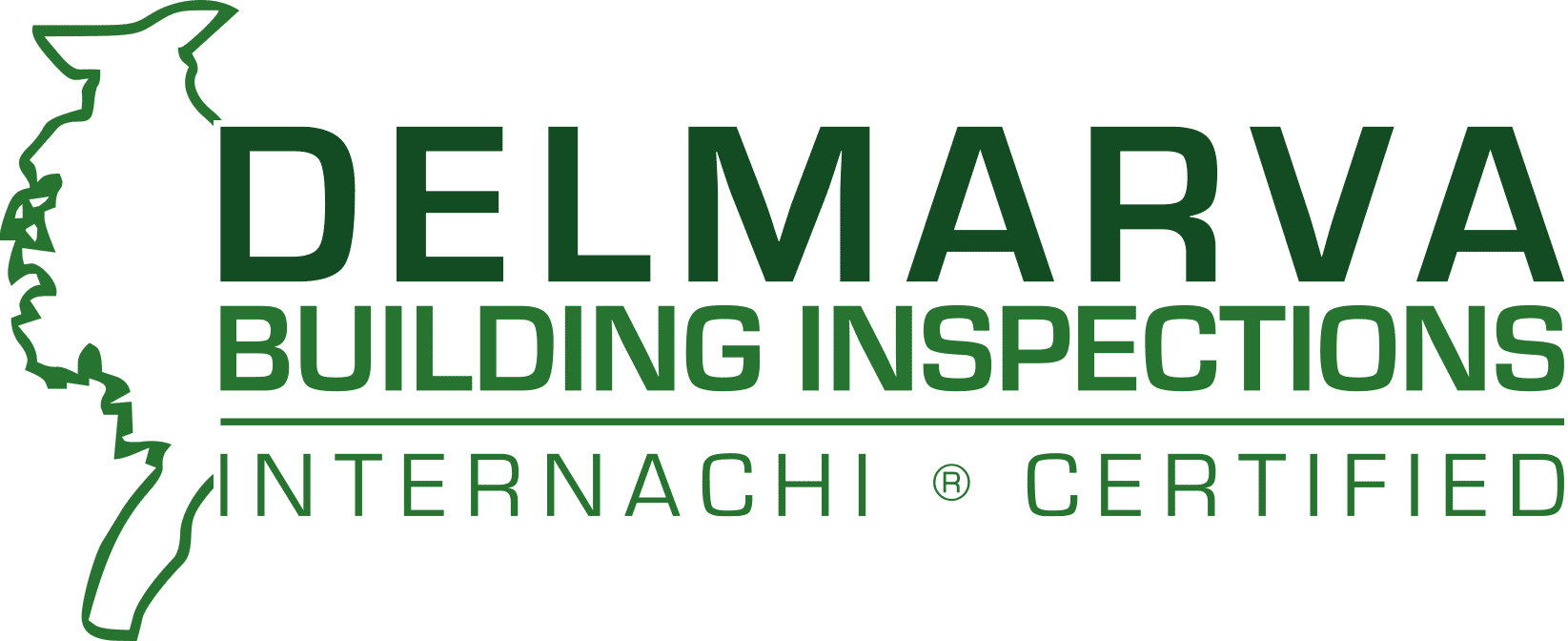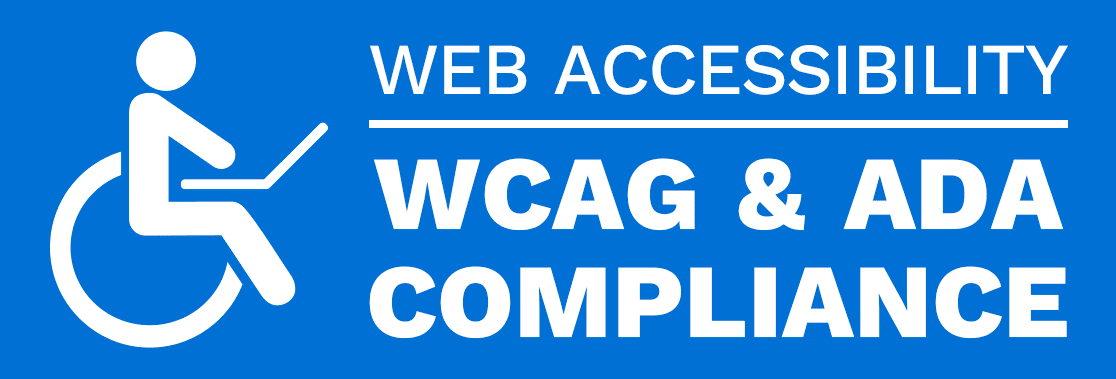
Thermal Imaging Delaware, For Your Building Inspection
When your building needs an inspection, trust the experts at Delmarva Building Inspections. We rely on the latest technologies to bring our customers the most thorough building inspection in the market. In addition, we are certified thermal imaging experts ready to bring your building inspection to a whole new level. Whether it's your plumbing, electrical, or pests that have made the home in your building, we have the technology to discover anything wrong with your building. When you need a top-notch building inspector in Delaware with the latest tools and equipment, call Delmarva Building Inspections today.
Delaware Licensed, Certified RESIDENTIAL & COMMERCIAL Building INSPECTORS #H4-0010181
What Is Thermal Imaging?
Thermal imaging is a technology that captures and displays the infrared radiation emitted by objects to create a visual representation of temperature differences. It is commonly used in various fields, such as building and electrical inspections, medicine, law enforcement, and military applications.
What Is The Science Behind Thermal Imaging?
The science behind thermal imaging is based on the principle that all objects emit infrared radiation, which is a type of electromagnetic radiation that is not visible to the human eye. This radiation is proportional to the object's temperature and can be detected by a high-tech camera. The camera converts the infrared radiation into an electrical signal, which is then processed to create a visual representation of the temperature differences in the scene.
The camera measures the temperature of various points on an object and assigns different colors to those temperatures to create a temperature map. The resulting image shows the relative temperature differences of different areas of the object, making it possible to detect temperature anomalies and hot spots that may indicate potential problems.
There Has Been Significant Advancements In Thermal Imaging
The technology has become increasingly advanced in recent years, with the development of high-resolution cameras that can detect even small temperature differences and software that can analyze and interpret the images in real-time. This has made thermal imaging a valuable tool in various industries, including electrical and plumbing inspections, medical imaging, and military and law enforcement applications.
Licenses & Certifications
How Can Thermal Imaging Help Inspect My Plumbing?
Thermal imaging can be useful in a plumbing inspection by detecting temperature differences in pipes and fittings that may indicate potential problems such as leaks, clogs, or insulation issues. Locating these anomalies can help plumbers diagnose problems more quickly and accurately, potentially reducing the need for destructive testing and minimizing repair time. In addition, thermal imaging can also be used to identify energy loss in hot water systems and heating systems, which can help improve energy efficiency and reduce energy costs.
How Can Thermal Imaging Help In An Electrical Inspection?
It can be helpful in an electrical inspection by detecting hot spots and temperature anomalies in electrical equipment and components that may indicate potential problems such as overloaded circuits, loose connections, failing components, or poor insulation. Identifying these issues early on can help electricians prevent equipment failure, reduce downtime, and minimize the risk of electrical fires.
Additionally, thermal imaging can also be used to identify energy loss in electrical systems, helping to improve energy efficiency and reduce energy costs. Overall, it can provide a non-invasive, cost-effective, and efficient means of evaluating the condition of electrical systems and detecting potential issues before they become serious problems.
How Can Thermal Imaging Help With Animal And Pest Management
Thermal imaging can detect insects and pests in a building by detecting their heat signature, the unique pattern of infrared radiation emitted by their bodies. This heat signature can locate pests in concealed areas, such as within walls or ceilings, where they are not visible to the naked eye.
Insects and pests have a different body temperature than their surroundings, which creates a noticeable temperature difference that a thermal imaging camera can detect. By capturing this temperature difference and creating a visual representation of it, thermal imaging can help identify pests' location, even in areas that are difficult to access or inspect.
It can also detect temperature anomalies that may indicate the presence of pests, such as areas of higher temperature where pests have burrowed or nested or areas of lower temperature where pests have consumed crops or other resources.
It Can Also Help Farmers Detect The Presence Of Pests In Crops
In pest management, thermal imaging can be used to detect the presence of pests in crops, such as insects, rodents, and fungi. By detecting these pests early on, it can help farmers take action to prevent crop damage and reduce the need for pesticides. Additionally, thermal imaging can monitor the effectiveness of pest control measures, such as fumigation, and ensure that pests get eliminated effectively.
Overall, thermal imaging can provide a non-invasive, efficient, and cost-effective means of detecting and managing animal and pest populations and can help promote the conservation of wildlife and the sustainability of agriculture.
How Can Thermal Imaging Help In Building Inspections
- HVAC Systems: Thermal imaging can detect temperature anomalies in heating, ventilation, and air conditioning (HVAC) systems, indicating potential problems such as air leaks, insulation issues, and failing components.
- Building Envelope: It can identify energy loss in building envelopes, such as walls, roofs, and windows, which can help reduce energy costs and improve energy efficiency.
- Electrical Systems: Additionally it will detect hot spots and temperature anomalies in electrical systems, which can indicate potential problems such as overloaded circuits, loose connections, and failing components.
- Building Inspections: It will identify temperature anomalies in building structures and components, which can indicate potential problems such as moisture intrusion, mold growth, and structural defects.
- Equipment Monitoring: Thermal imaging can monitor the temperature of machinery and equipment, which can help detect potential problems before they become serious and cause costly downtime.
By providing a non-invasive, cost-effective, and efficient means of detecting potential problems, thermal imaging can help building inspectors and construction technicians diagnose issues more quickly and accurately, potentially reducing the need for destructive testing and minimizing repair time.

















